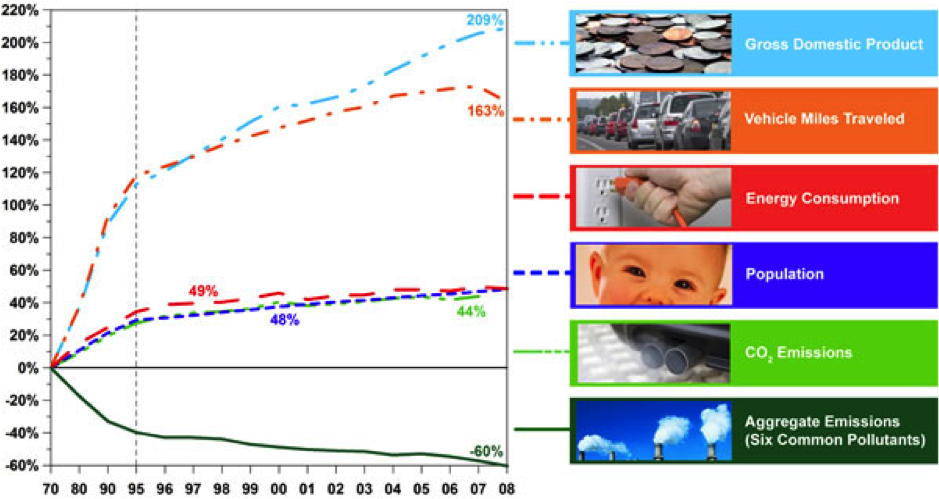According to White House energy adviser Heather Zichal, the Obama administration still sees a future for coal. She also said that the administration wasn’t “singing ‘Kumbaya'” with the natural gas industry and was committed to seeing coal burned “in a more environmentally friendly way.”[i] But what does that mean and how do we reach that point?
The Chronology
President Obama supposedly has an “all-of-the-above” energy policy that is displayed on the Barack Obama campaign website.[ii] Unfortunately, coal was missing from the list of the “all-of-the-above” energy policy until recently– after he lost 40 percent of the primary vote in coal-rich West Virginia to a prison felon.[iii] At that point, his website removed ‘fuel efficiency” and replaced it with “clean coal” as part of his “all-of-the-above” energy plan. But what is “clean coal” to the president?
In his State of the Union address, President Obama proposed a Clean Energy Standard (CES), where by 2035, 80 percent of our electricity would come from “clean” energy sources: renewable energy (e.g. wind, solar, biomass, and hydropower), nuclear power, natural gas, and “clean” coal.[iv]
Most people think of “clean energy” as energy that produces low amounts of pollution such as soot or toxic chemicals, but a “Clean Energy Standard” does not concern itself with actual dirtiness. Instead, proposed bills define “clean” only based on how much carbon dioxide a power plant emits. Carbon dioxide itself is not dirty—it is an odorless, colorless gas that is not toxic until carbon dioxide concentrations are many times higher than in the atmosphere.
Under a CES, ‘clean coal’ is a coal generating technology with Carbon Capture and Sequestration (CCS) equipment that removes 90 percent of its carbon dioxide emissions. Unfortunately, the technology is not commercially viable today.
Impact of a Clean Energy Standard
Senator Bingaman has put forth a number of bills defining a Clean Energy Standard (CES). Under a CES, fossil fuels get penalized against renewable fuels and nuclear power by the amount of carbon dioxide emissions they release. In order for coal to be considered a viable technology under a CES, it must have Carbon Capture and Sequestration equipment. But, that technology is not commercially available today—and some engineers believe it is at least 2 decades away from becoming a viable competitor. Of course, by then, the ‘Clean Energy Standard’ will reduce the amount of coal consumed for electricity substantially and raise electricity prices in so doing.
According to a study by the Energy Information Administration that analyzed the latest Bingaman proposal, average electricity prices in 2035 will be 18 percent higher than they are forecast to be without the CES and coal generation will be 54 percent lower. Some regions will see electricity prices as much as 30 percent higher by 2030. Under Bingaman’s CES, no coal with CCS equipment is expected to be built because it is not an economically viable technology by 2035. As a result, about one-third of today’s coal capacity will be prematurely retired. That means that perfectly good coal generating equipment will not be allowed to be used because of the desire of politicians to reduce carbon dioxide emissions.
The American public will have to pay for the higher cost replacement technology that will result in an 18 percent reduction in carbon dioxide emissions by 2035. That 18 percent reduction, however, will not even be noticeable on a global scale since China’s increase in carbon dioxide emissions over that time period will dwarf the reduction from the clean energy mandate.[v] China currently consumes over 3 times the amount of coal that the United States consumes and is expected to consume more as the country attempts to improve the standard of living of its citizens and to fuel its growing economy.
Coal’s Accomplishments
The coal generating industry has made great strides in reducing criteria pollutants substantially through the use of viable technology—scrubbers and flue gas desulfurization equipment—and using lower sulfur coal. The criteria pollutants are carbon monoxide, lead, sulfur dioxide, nitrogen oxides, ground-level ozone, and particulate matter. They are called “criteria” pollutants because the Environmental Protection Agency sets the criteria for permissible levels based upon levels acceptable to human health. According to the Energy Information Administration, sulfur dioxide emissions from coal plants declined 62 percent between 1989 and 2009, and nitrogen oxide emissions decline 76 percent over that time period while coal fired generation increased over 10 percent.
EPA shows that criteria pollutants were reduced by 71 percent between 1970 and 2010 while Gross Domestic Product increased 210 percent, energy consumption increased 44 percent and population increased 51 percent.

Source: http://www.epa.gov/airtrends/images/comparison70.jpg
Conclusion
President Obama would like the country, and especially the coal producing states, to believe that coal is part of his “all-of-the-above” energy plan by adding ‘clean coal’ to the plan. But ‘clean coal’ according to a Clean Energy Standard requires 90 percent removal of its carbon dioxide emissions and the technology to do so is not commercially viable today and is not likely to be by 2035. Therefore, his plan would have us retire perfectly good coal generating capacity and replace it with more expensive natural gas, renewable, and nuclear generating capacity, while charging us 18 percent more to reduce our carbon dioxide emissions. U.S. carbon dioxide emissions reductions will be dwarfed by the increase in emissions from developing countries in their quest for better living conditions and greater economic growth, even as our own electricity prices skyrocket.
[i] Politico, W.H. says clean coal still has a future as an energy source, May 16, 2012, http://www.politico.com/news/stories/0512/76354.html
[ii] Barack Obama, President Obama’s approach to energy independence, http://webcache.googleusercontent.com/search?sourceid=chrome&ie=UTF-8&q=cache:http://www.barackobama.com/energy-info#!/fuelefficiency
[iii] Politico, What happened with ‘clean coal?’, May 11, 2012, http://www.politico.com/politico44/2012/05/what-happened-with-clean-coal-123195.html
[iv] The White House, Blueprint for a Secure Energy Future, http://www.whitehouse.gov/sites/default/files/blueprint_secure_energy_future.pdf
[v] Energy Information Administration, Analysis of Clean Energy Act 2012, May 2, 2012, http://www.eia.gov/analysis/requests/bces12/ and Institute for Energy Research, https://www.instituteforenergyresearch.org/2012/05/10/eia-releases-study-on-proposed-clean-air-standard/



